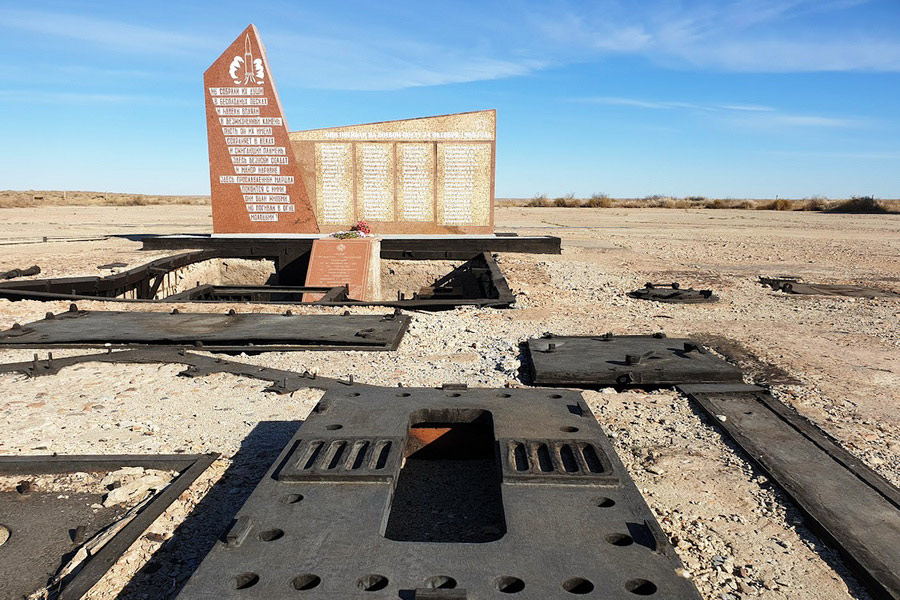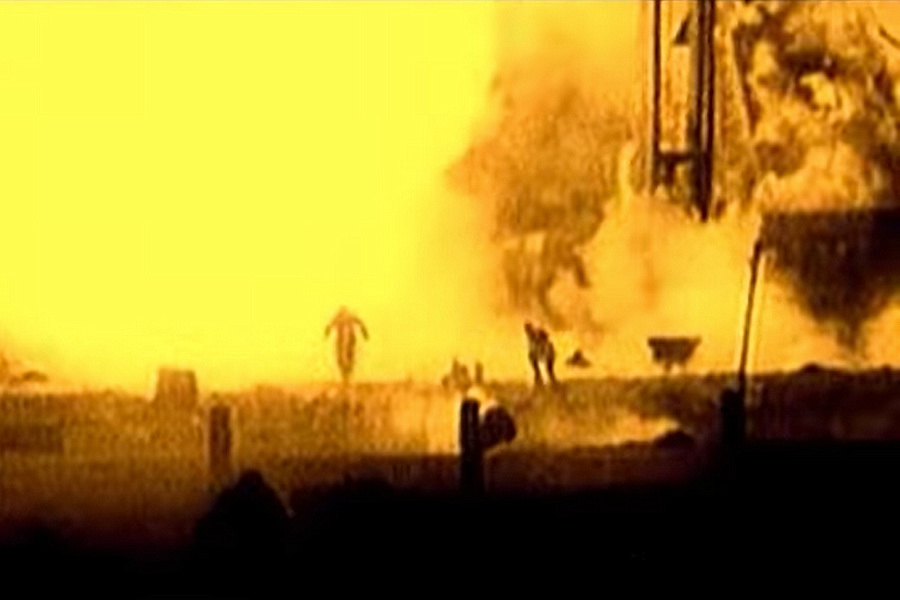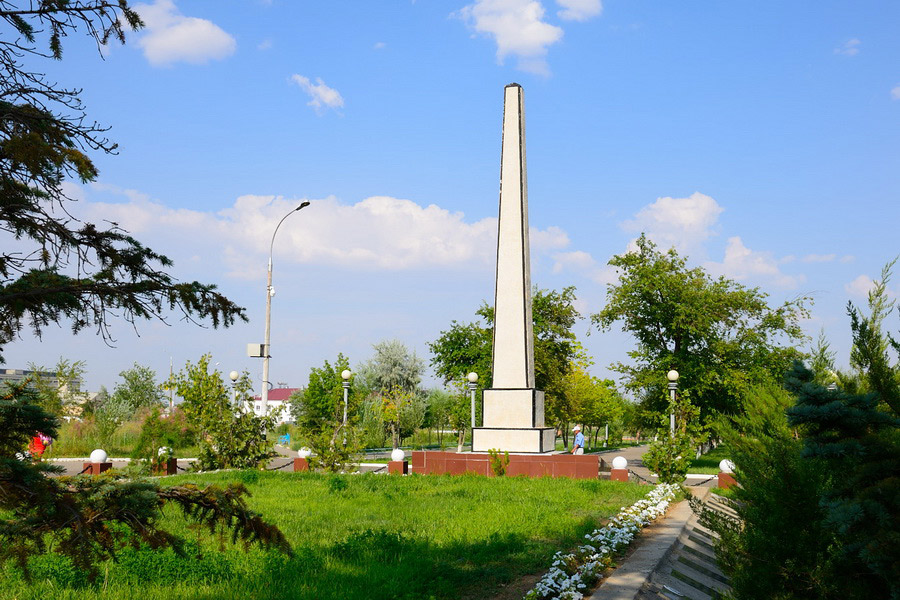
Space exploration is an intricate and perilous endeavor, full of harsh realities and formidable challenges. In the early days of space flight, during the heated arms race, one of the most devastating incidents in Soviet rocketry history took place. On October 24, 1960, the R-16 rocket detonated at the Baikonur Cosmodrome, leading to the death of 74 individuals, with some reports suggesting a death toll as high as 126. Among the casualties was Marshal Nedelin, the Commander-in-Chief of the Rocket Forces, and the tragedy is now recognized as the "Nedelin Disaster".
This catastrophic incident was born out of the USSR's ambition to create a nuclear shield. At the onset of the Cold War, the U.S. held an advantageous position with 40 nuclear missiles ready for launch, while the Soviet Union had only six launchers that required 32 hours to make them operational. Consequently, in 1956, the Soviet Union's government put pressure on their rocket engineers to create a new intercontinental ballistic missile. This new weapon had to be capable of long-term storage, swift mobilization for combat, and the ability to target any location within the United States from Soviet soil. The design of this missile, designated as the R-16 (or SS-7 according to NATO), was undertaken by Yangel's design bureau.
The development of the new fuel-type rocket was expedited, with the first draft design completed in less than a year. Once approved by the commission, the process of addressing its deficiencies began, and a testing plan was established. However, the escalation of the Cold War in November 1958, triggered by the Berlin crisis, prompted the Yuzhnoye design bureau, under Yangel's leadership, to accelerate their work further.
In September 1960, the first rocket was transported to the Tyuratam test site, later to be renamed the Baikonur Cosmodrome, for testing. By this point, many components of the R-16 rocket had undergone individual bench tests, and an array of tests on the assembled rocket began at the test site. A special commission, overseen by Artillery Marshal M.I. Nedelin, was assembled to supervise the tests. Nikita Khrushchev, the leader of the USSR, maintained a keen interest in the tests, regularly phoning in for updates. As the anniversary of the October Revolution (October 26) approached, plans were made for the rocket launch to coincide with the celebrations.
On October 21, the R-16 rocket was transported from the assembly and testing facility to the launch site. The final assembly started, and by October 22, the rocket was already situated on the launch pad. On October 23, the rocket was fuelled with plans to launch the same day. However, an hour before the scheduled launch, an unexpected explosion of the squibs occurred between the engines and the propellant, resulting in melted wiring. Investigations began to ascertain the cause and rectify the issues.
On the morning of October 24, all identified defects had been rectified, although some discovered issues necessitated significant time for repairs. The commission considered specialist reports, but ultimately opted for a manual launch, which the launch mechanism was designed to accommodate. Despite objections from some designers and engineers against making adjustments to a fueled rocket, Marshal Nedelin was insistent on proceeding with the work to ensure a same-day launch.
Nedelin was so confident in a successful outcome that he positioned himself merely a few meters from the rocket, instilling confidence in those around him. Work resumed. Chief Designer Yangel, along with several others, retreated to the smoking room. Concurrently, workers commenced setting a specialized software current distributor to the "zero" position. At that moment, the engines of the second stage ignited, the intense heat instantly ravaging the fuel tanks of the first stage, resulting in a catastrophic explosion!

The launch mechanism had been designed such that the ignition of the engines would automatically activate movie cameras. Consequently, the horrifying moment of the explosion was captured on film. It was a terrifying spectacle! The entire launch pad was engulfed in a fireball that expanded in violent waves over 20 seconds. People, alight, desperately attempted to flee from the ferocious flames. Those closest to the rocket vanished instantly into the inferno. The fire raged on for two torturous hours.
The explosion was triggered by the connection of the current distributor to the battery at the moment of resetting. The current distributor mechanism was designed to rotate its shaft in one direction, systematically closing necessary contacts, which in turn issued specific commands to the rocket engines. It was expected to complete a full cycle, but due to a voltage spike in the circuit, the contact initiating the second-stage engines prematurely tripped, leading to the disastrous explosion. However, this was merely the final mistake in a series of safety oversights brought about by haste that ultimately influenced the tragic outcome.
In the aftermath of the explosion, details about the catastrophe were classified, and the first official publication did not appear until 30 years later, in 1989. News of the disaster spread to European countries a month later, despite the Soviet government's attempts to suppress and deny the information. Relatives of the victims were instructed to attribute the loss to a plane crash. Marshal Nedelin's death was similarly ascribed to an air crash, and he was accorded a prestigious burial in the Kremlin wall. The military personnel who perished in the explosion were laid to rest in a communal grave in the city of Baikonur, where a monument marking the burial site stands to this day.

Precisely three years after the tragedy, on October 24, 1963, another disaster struck the Baikonur launch site when a fire broke out in the launch shaft, claiming the lives of eight people. Since then, October 24 is regarded as a day of mourning in Soviet and Russian space history: on this day, no rockets are launched, instead, people remember those who lost their lives in the pursuit of space exploration and pay tribute by laying flowers at their graves.
Today, the memorial in the city of Baikonur, along with launch pad No. 41 at the cosmodrome, which has been left unrestored, stand as solemn reminders of these tragic events and the inherent dangers of rocket science.

